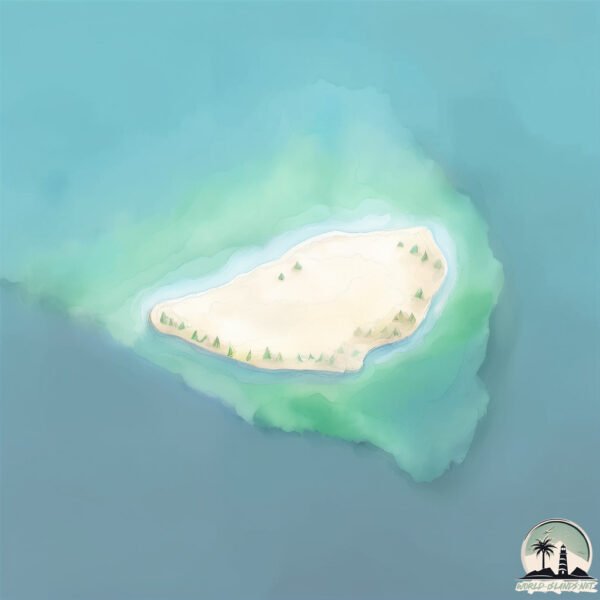Sceic el Abu

Welcome to Sceic el Abu, a Dry island in the Red Sea, part of the majestic Indian Ocean. This guide offers a comprehensive overview of what makes Sceic el Abu unique – from its geography and climate to its population, infrastructure, and beyond. Dive into the details:
- Geography and Size: Explore the island’s size and location.
- Climate and Weather: Weather patterns and temperature.
- Topography and Nature: Uncover the natural wonders of the island.
- Infrastructure and Travelling: Insights on reaching, staying, and making the most of your visit.
- News and Headlines: Latest News.
Geography and size of Sceic el Abu
Size: 0.227 km²
Coastline: 1.9 km
Ocean: Indian Ocean
Sea: Red Sea
Continent: Africa
Sceic el Abu is a Tiny Island spanning 0.227 km² with a coastline of 1.9 km.
Archipel: –
Tectonic Plate: Africa – One of the world’s largest tectonic plates, covering the African continent and parts of the surrounding oceans, known for its stability with some active rift zones.
The geographic heart of the island is pinpointed at these coordinates:
Latitude: 16.03296026 / Longitude: 39.44097637
Climate and weather of Sceic el Abu
Climate Zone: Dry
Climate Details: Hot Deserts Climate
Temperature: Hot
Climate Characteristics: Dominated by extremely hot temperatures, this climate is marked by minimal rainfall and barren landscapes. Nights often experience drastic temperature drops.
Topography and nature of Sceic el Abu
Timezone: UTC+03:00
Timezone places: Asia/Riyadh
Max. Elevation: -5 m
Mean Elevation: -11 m
Vegetation: Shrubland
Tree Coverage: 39%
The mean elevation is -11 m. Remarkably, this unique island barely emerges above the sea level, showcasing nature’s fascinating interplay with the ocean. The island is characterized by Plains: Flat, low-lying lands characterized by a maximum elevation of up to 200 meters. On islands, plains are typically coastal lowlands or central flat areas.
Dominating Vegetation: Shrubland
Dominated by shrubs and small bushes, these areas are typical in dry, rocky, or sandy environments, as well as in regions with poor soil fertility. Sceic el Abu has a tree cover of 39 %.
Vegetation: 1 vegetation zones – Minimal Diversity Island
These islands exhibit the most basic level of ecological diversity, often characterized by a single dominant vegetation type. This could be due to extreme environmental conditions, limited land area, or significant human impact. They represent unique ecosystems where specific species have adapted to thrive in these singular environments.
Infrastructure and Travelling to Sceic el Abu
Does the island have a public airport? no.
There is no public and scheduled airport on Sceic el Abu. The nearest airport is Massawa International Airport, located 41 km away.
Does the island have a major port? no.
There are no major ports on Sceic el Abu. The closest major port is MITSIWA HARBOR, approximately 46 km away.
The mean population of Sceic el Abu is 5 per km². Sceic el Abu is Gently Populated. The island belongs to Eritrea.
Continuing your journey, Harat is the next notable island, situated merely km away.
Eritrea is classified as Least developed region: Countries that exhibit the lowest indicators of socioeconomic development, with the lowest Human Development Index ratings. The level of income is Low income.
News – Latest Updates and Headlines from Sceic el Abu
Stay informed with the most recent news and important headlines from Sceic el Abu. Here’s a roundup of the latest developments.
Please note: The data used here has been primarily extracted from satellite readings. Deviations from exact values may occur, particularly regarding the height of elevations and population density. Land area and coastline measurements refer to average values at mean high tide.
